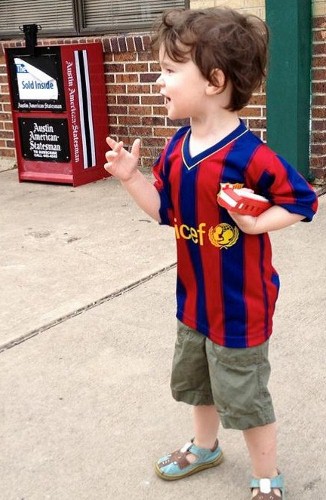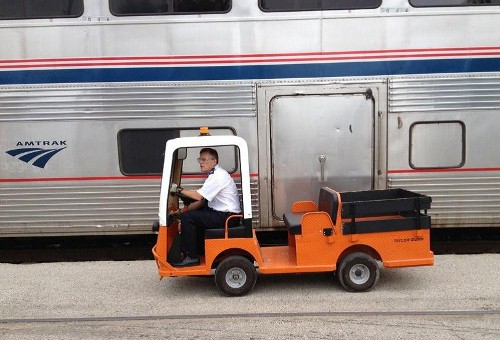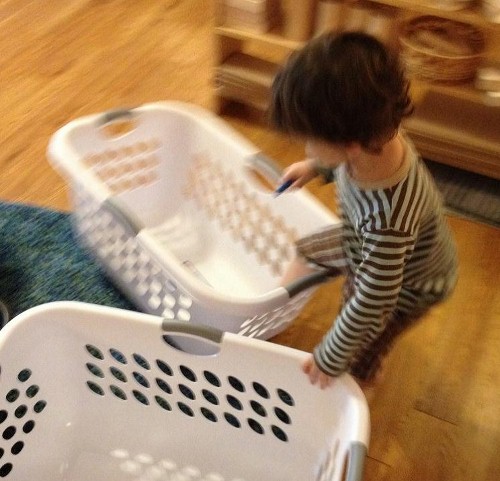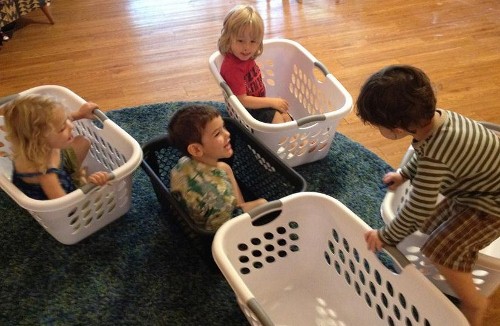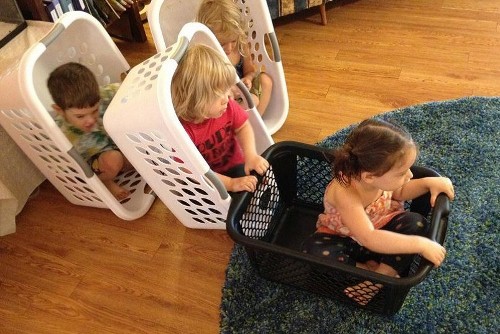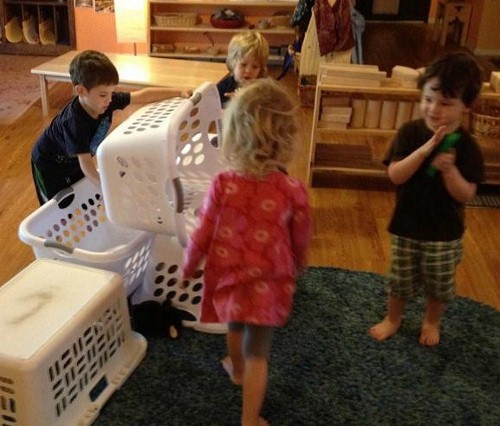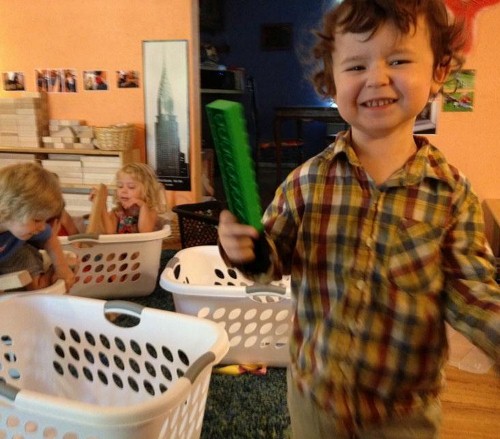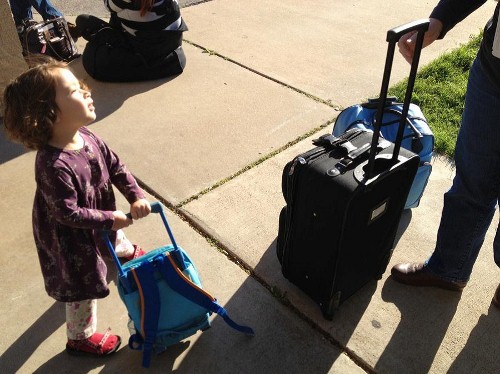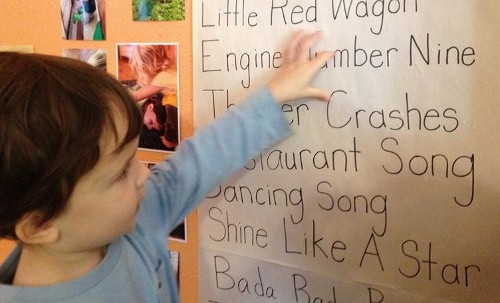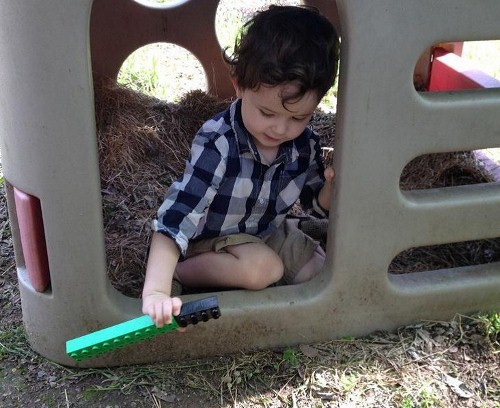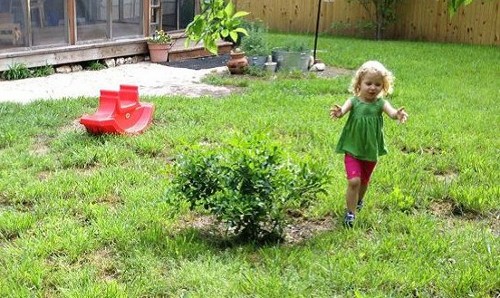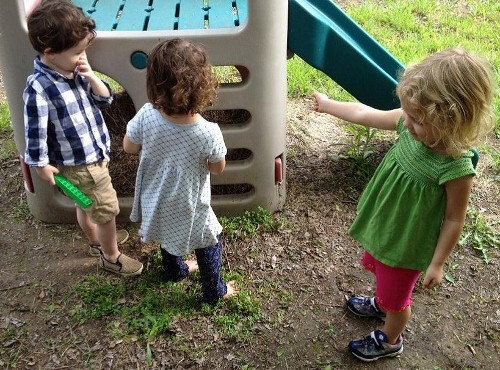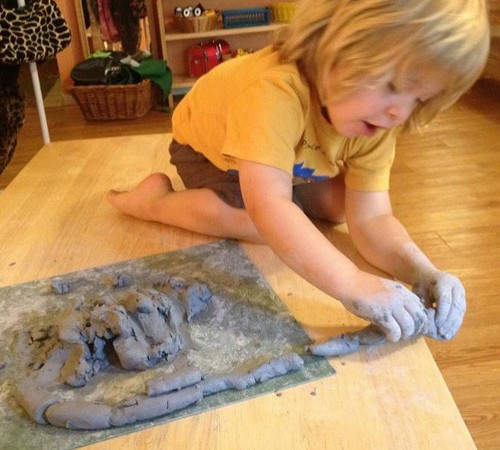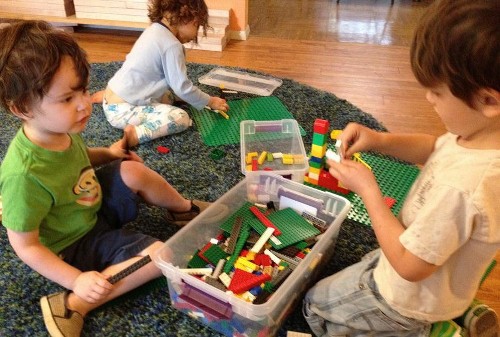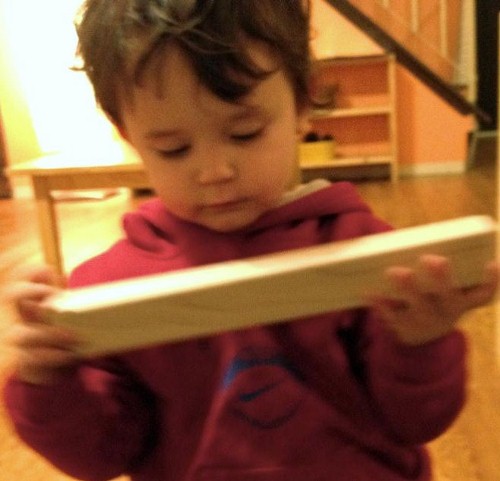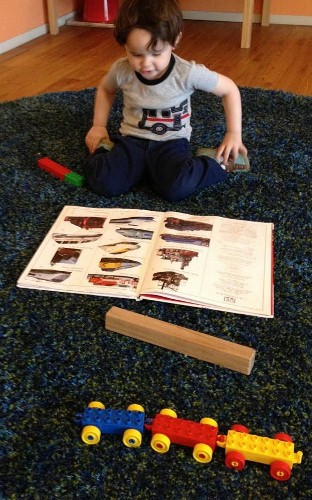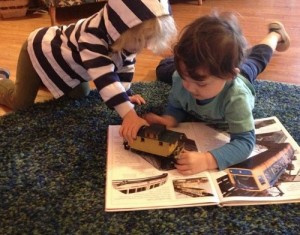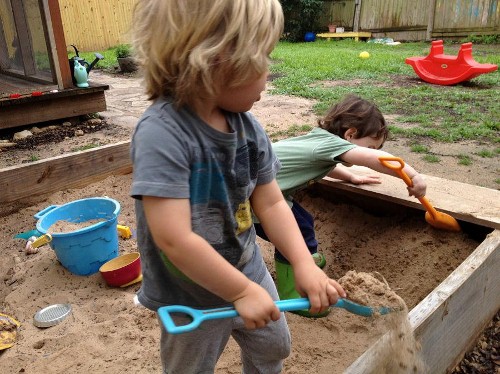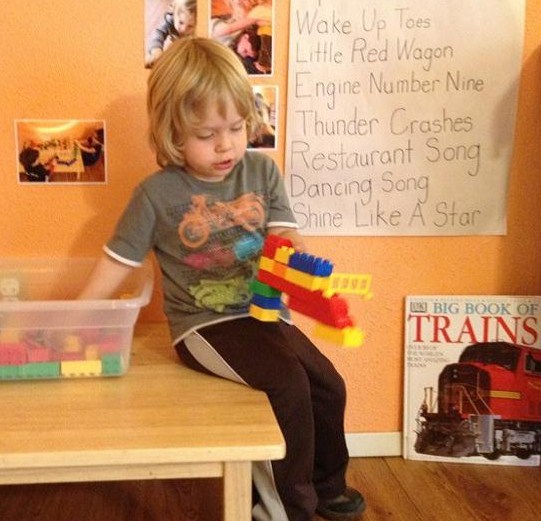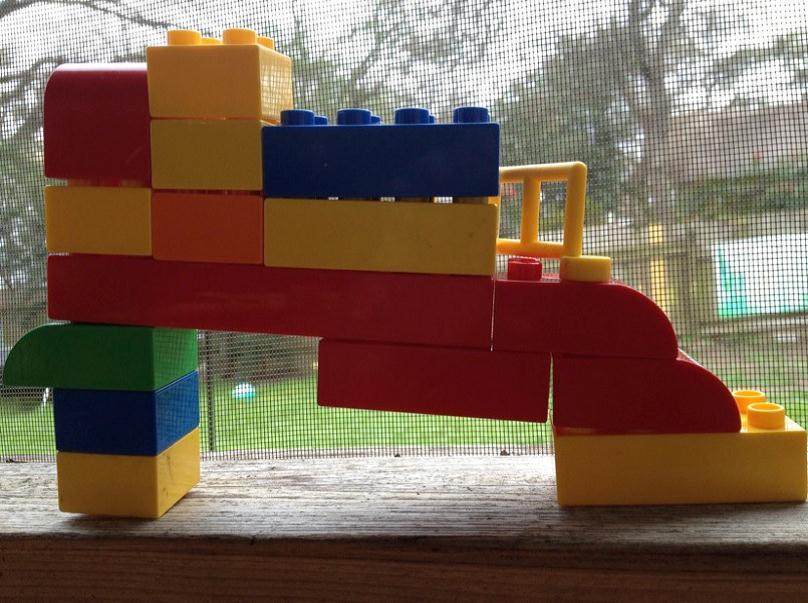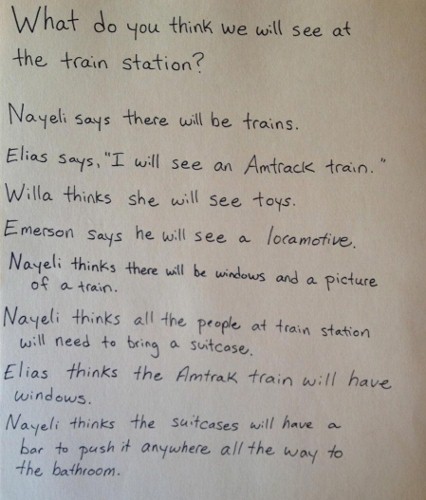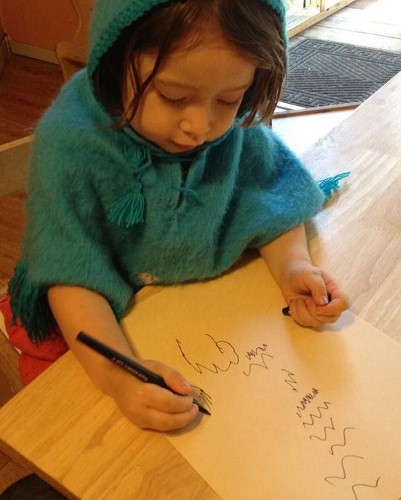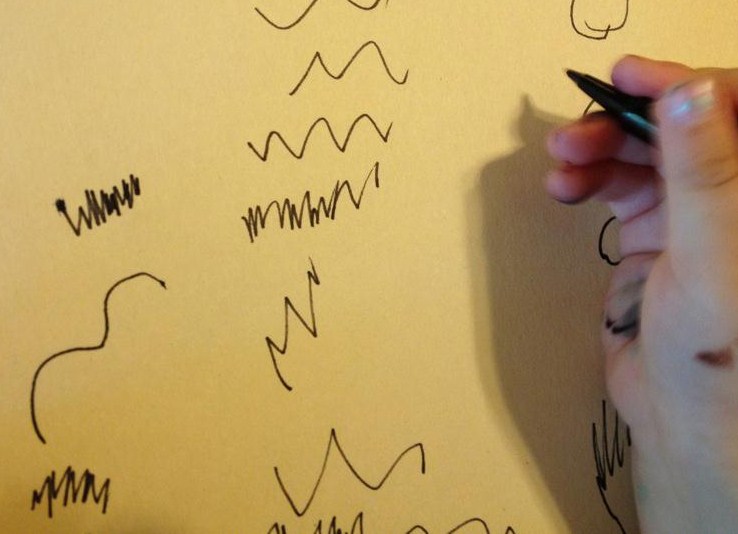Learning to document children’s learning (Part 3)
/This is the conclusion of Marie Catrett’s three-part guest post on the methods and results of daily documentation at Tigerlily Preschool. If you haven’t already, be sure to read Part 1 and Part 2 first. And feel free to share your own thoughts or questions for Marie by clicking on “Post a Comment” below.
4/26
We return for a second visit to the train station. This time Elias is on his feet, exploring everywhere, bursting with excitement.Elias: (At the station, before its arrival) Waiting for the train to come! Waiting for the train to blow its horn! It’s the train, it’s the train! Talked to the conductor!
I tell the children that I will take pictures of anything they think is interesting. I notice that on our second visit we’re paying more attention to other vechicles and people.
Wyatt: A man driving a truck and a part of the train.
Willa: A train and a honking thing.
Emerson: See a guy driving it.
Waytt: In the back there’s a black part.
Willa: Yeah, that’s where they would sit.
Emerson: For bags!
Willa: Or anybody could sit in the back.
Willa and her mom visit with some passengers from the train.
Nayeli visits with the station master.
4/27
Reflecting more about our second trip to the train station, we listen to the recording I made of the train’s arrival.
Listening to the sound of the train arriving at the station.
Wyatt: He said “tickets”!
Elias: Ding ding ding! It’s the train sound! It’s the train! (Running)
Emerson: (Whistle sounds) A train!
Wyatt asks me to play the clip again and again.
5/5
Elias notices a stack of laundry baskets near us on the blue rug. Yesterday Wyatt and then Emerson discovered that they could climb into the red basket that usually holds paper for painting. Paired up with my black laundry basket, climbing in and out became a popular thing to do yesterday. It was pretty hard to wait to climb inside; whichever kid was in the basket wanted to have a really long turn. Wyatt told me that he wished we could have more laundry baskets at school, and would I write that down?
I keep what the children call my “Little Notebook” on me at all times, tucked handily into an apron pocket for writing down their words. If I leave my Little Notebook lying around, a kid is sure to notice and come running to me, full of urgency and great care. Here, Marie, you forgot your Little Notebook! Willa led the way in wanting her very own Little Notebook, and now anybody who wants a Little Notebook gets one. I hear a lot of “hmmm, maybe I need to write that down.”
Willa makes notes about a friend’s construction.
Now Elias notices and unstacks these new baskets, climbing inside one.
A “play explosion” then takes place—laughing, hooting, rocking, crawling . . .
After a while I sit again next to Elias on the sofa. He joined in at the beginning for a bit and then decided to watch. We are both transfixed by all the stories that are forming and bouncing off each other in the center of the room. Often four children are involved, sometimes pairing up two and two, then rejoining again as a group. Nayeli, Wyatt, and Willa all seem to take turns leading the play. Emerson is very eager and willing to support the next piece of the narrative, joining in with so much joy.
This play keeps shifting again and again, ending up with “going to the train station.” Nayeli is the driver. They go and go, then all jump out, then jump back in to “drive some more to the station.”
5/14
Elias makes up a new song, “The Wheels on the Passenger Train,” which I play on the guitar and we sing together. We add “The Wheels on the Passenger Train” to our song list.
5/16
Wyatt starts laundry basket play again and announces that he’s playing train station. I tell him: Come tell me if you’d like to hear the train sounds when you play. Wyatt is excited about this idea and asks to hear the audio clip.
Elias: I have to go catch . . . I have to go!
Wyatt: Quickly! Elias: Ding, ding! (Train horn honks) Ding ding!
Emerson: Again again! We start the recording again.
Elias: Train, train . . . I have to go catch the train! (Train horn) The train!!!
Willa: (Climbing into a basket) I’m a conductor.
5/21
Basket play is happening nearly every day, directed entirely by the children. I watch Elias choose to get right in the middle of this joyous, active play and I am delighted to see the connections that train play has created in our classroom. This is my goal for all the kids: our school is a special place that honors and celebrates who you are. And what shall we play today?We look forward to our third visit to the train station, returning later this month.
© Marie Catrett


